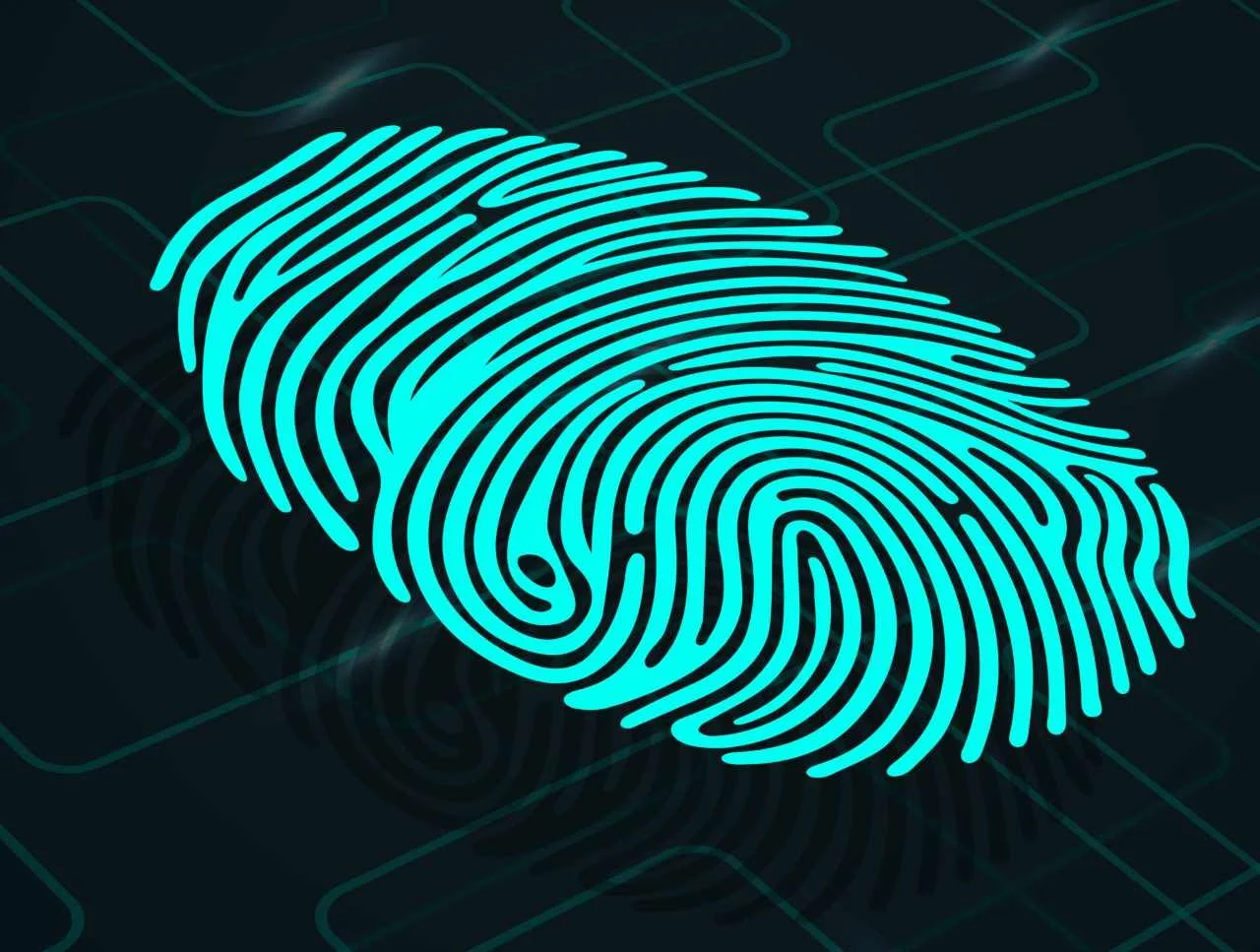Digital forensics and privacy: everything you need to know
We might associate forensics with fingerprints and DNA samples, but digital forensics has emerged as a critical field in modern investigations. Digital forensics involves the recovery and investigation of material found in digital devices, often in relation to computer crime. This discipline encompasses the identification, preservation, extraction, and analysis of digital evidence, ensuring its admissibility in legal proceedings.
Digital forensics experts work with a wide range of devices and data sources, from computers and smartphones to cloud storage and network logs: the goal is to uncover digital evidence that can provide insights into criminal activities, corporate misconduct, or other matters of legal significance.
In this field, tools such as video redaction software play a key role in maintaining the balance between thorough investigation and protecting individual privacy, and allow investigators to safeguard sensitive information while preserving the integrity of the evidence.
Importance of privacy in digital forensics
Privacy is a fundamental consideration in digital forensics. When conducting an investigation, forensic experts often gain access to vast amounts of personal data, including communications, financial records, and other sensitive information. This level of access comes with significant responsibility.
The challenge lies in extracting relevant evidence without unnecessarily infringing on individual privacy rights. Digital forensics professionals must navigate this delicate balance, ensuring that their investigations are thorough while respecting legal and ethical boundaries regarding privacy.
Data collection and privacy risks
Data collection is a critical phase in digital forensics, but it also presents significant privacy risks that must be carefully managed.
Over-collection of data
One of the primary risks in digital forensics is the over-collection of data. While it may be tempting to gather as much information as possible, this approach can lead to privacy violations and legal challenges. Investigators must focus on collecting only the data that is relevant and necessary for the investigation at hand.
Data security
Once data is collected, ensuring its security becomes paramount. Digital forensics experts must implement robust security measures to protect the collected data from unauthorised access, modification, or disclosure. This includes using encryption, secure storage solutions, and strict access controls.
Chain of custody
Maintaining a clear chain of custody is essential in digital forensics; every instance of data access or transfer must be meticulously documented to ensure the integrity of the evidence and protect against privacy breaches. This documentation also helps demonstrate the reliability and admissibility of the evidence in legal proceedings.
Privacy laws and regulations
Digital forensics operates within a complex legal framework designed to protect individual privacy rights. Key legislation in the UK includes:
Data Protection Act 2018
This act, which incorporates the General Data Protection Regulation (GDPR), sets out strict rules for the handling of personal data. Digital forensics professionals must ensure their practices comply with these regulations, including principles of data minimization and purpose limitation.
Investigatory Powers Act 2016
This legislation governs the powers of public bodies to carry out surveillance and investigation and is particularly relevant in cases involving the interception of communications or access to electronic data.
Computer Misuse Act 1990
While primarily focused on cybercrime, this act has implications for digital forensics practices. Investigators must ensure their techniques do not inadvertently violate this act, which could compromise the legality of their evidence collection.
Best practices for protecting privacy
To balance investigative needs with privacy concerns, digital forensics professionals should adhere to the following best practices:
Minimise data collection
Collect only the data that is directly relevant to the investigation. This targeted approach helps minimise privacy risks and complies with data protection principles.
Secure storage
Implement robust security measures for storing collected data. This includes using encrypted storage systems, controlling access, and maintaining detailed logs of data access and handling.
Timely deletion
Establish and follow protocols for the timely deletion of data once it is no longer needed for the investigation or any subsequent legal proceedings.
Transparency
Maintain transparency about data collection and handling practices to the extent possible without compromising the investigation. This helps build trust and demonstrates commitment to ethical practices.
Balancing privacy and investigative needs
Striking the right balance between thorough investigation and privacy protection requires a deep understanding of both technical capabilities and legal requirements. For those working in digital forensics, this means continually updating their knowledge and skills to navigate this complex landscape effectively.
One effective approach is the use of top-rated law enforcement video redaction software, which allows for the protection of sensitive information in video evidence while preserving its evidentiary value.
Ensuring compliance and accountability
Compliance in digital forensics is not merely about following rules; it's about maintaining the integrity of the investigative process. Regular audits, ongoing training, and detailed documentation of procedures are essential practices. These measures help ensure that digital forensics professionals operate within legal and ethical boundaries, maintaining public trust in the process.
Final thoughts
Overall, digital forensics is a powerful investigative tool that comes with significant responsibilities. As the field continues to evolve, maintaining the balance between effective investigation and privacy protection remains paramount.
By adhering to best practices, staying informed about legal requirements, and utilising appropriate tools like redaction software, digital forensics professionals can conduct thorough investigations while respecting individual privacy rights. This approach not only ensures legal compliance but also upholds the ethical standards essential to the credibility and effectiveness of digital forensics in the pursuit of justice.


